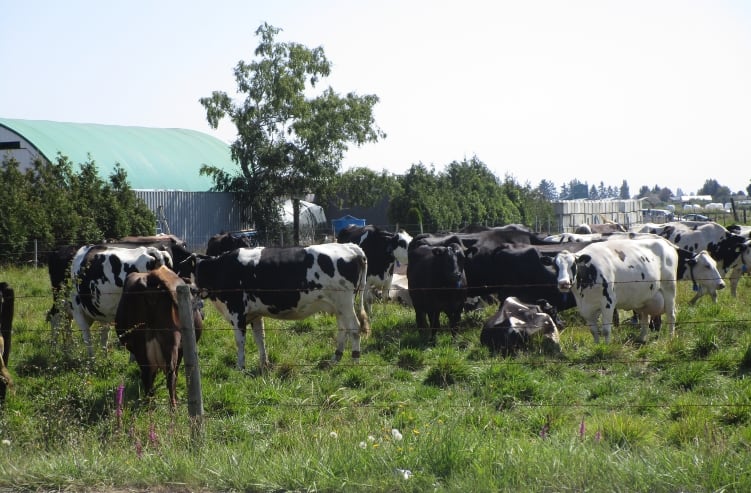Dustin Boughton, director, procurement at Maxum Foods said while dairy commodity markets in major producing regions have generally weakened, specific factors continue to influence prices, creating diverging trends.
He said fundamentals are likely to steadily worsen in the coming months as milk supply expands faster year-on-year and demand slows as a recession takes hold.
The YOY declines in trade are getting smaller, aided by lower prices for fats and milk powders. The coming months will likely see a continuation of major trends seen here recently – weaker cheese and butter trade due to COVID-19 exposures, alongside improved powder demand at attractive prices, Boughton said.
COVID-19 restrictions will continue to ease but the re-opening of foodservice outlets in the US, Australia, and parts of the EU will be disrupted by “second wave” outbreaks, he noted. This will translate to a slow and bumpy recovery in food service channels while business and tourism travel will remain limited until well into 2021.
Milk production growth in the EU and US is increasing, while domestic demand - sustained by strong grocery channel sales for cheese and butter - will be increasingly vulnerable to the effects of recession, Boughton said.
Global protein and fat prices will generally be driven by the risk of stock-build in SMP and butter as milk supplies expand and cheese producers try to match demand. This risk is dependent on the sustainability of growth in cheese demand in Europe as well as prospects for increased exports, while tightness in the US cheese situation will gradually decline.
Oceania markets have been buoyed by sustained demand for WMP from China. But in this and other developing regions, butterfat and cheese demand are highly exposed to restricted food service demand.
SMP and NFDM spot values were steady through July as recovery from the COVID-19 continues, while spot values for WMP have improved through July with NZ prices lifting through the month as GDT prices jumped, now selling at premium to EU product. Stronger Chinese demand at GDT events in July saw values jump significantly.
In the US, overall cheese demand will remain under pressure, Boughton said. There will be a slow recovery in foodservice trade with the COVID-19 situation likely to extend mobility restrictions. Government purchases are likely to continue but at smaller volumes and income subsidies are expected to taper in Q4, which will affect household incomes.
Global butterfat prices continue to converge, as Oceania markets weakened due to poor demand. EU and US butter and cream prices were steady with improved retail butter demand.
Whey product prices have steadied in the EU and US after falling in June, as COVID-19 shifted production from cheese.
Whey generally remains in oversupply with weak demand for higher concentrate products and expanding cheese output in the US. Dry whey prices weakened recently despite the improved trade volumes.

